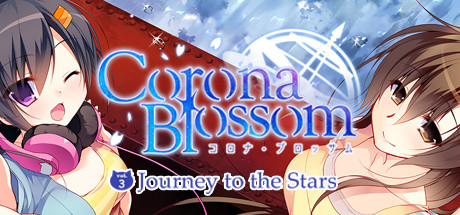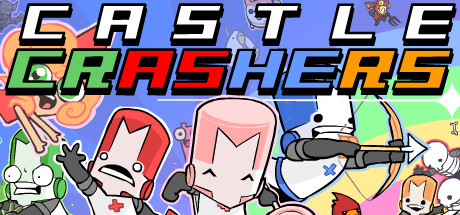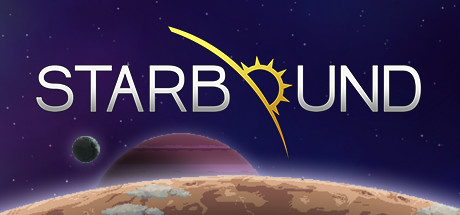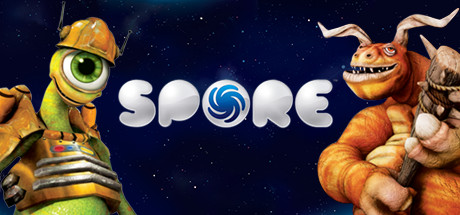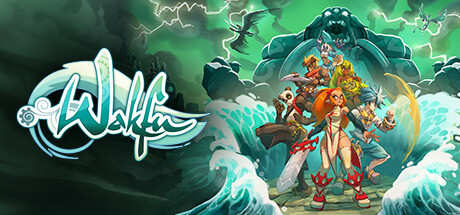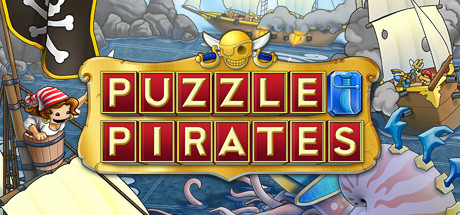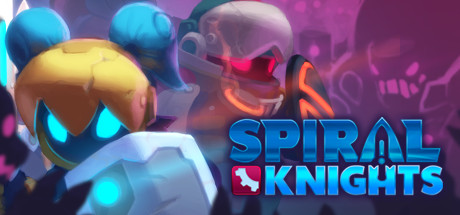Playtime:
701 minutes
I would rename this trilogy as "Corona Bosom", for obvious reasons.
Corona Blossom is a trilogy of kinetic visual novels, developed by Frontwing. For simplicity purposes, this review will account for all three games. I was really on the fence whether this game would earn my recommendation or not, for reasons I will detail later, but at the end, this series of games really grew on me.
As tradition by now, I'll mention the positives first. These games use the same system of animation as the Nekopara games (they even use the same engine), to good effect. The character models are very expressive, and they have some funny and well done animations. I won't be so hard on art direction, since these are games from 2016, or at least, released here on 2016. Sound design is good but the music, while technically good, can be a bit repetitive in some scenes, and sometimes doesn't match the tone and the context of the scene. The voice acting is excellent, with fantastic and believable deliveries, the player can switch between Japanese, Simplified Chinese and English text on the fly, and there is even a jiggle physics slider. I said at the start that this game should be named "Corona Bosom", and the reason I said that is because the game is full of references to boobs, and there are several event CGs that show them blatantly. This game is pretty shameless when it comes to fanservice, which ranges from the typical pantyshot to almost full nudity. I decided it's important to mention this, because there are people who don't like fanservice, and there is only so much devs can detail in the mature content description in the store page.
Discussing the writing is complicated, because there are some elements that are well written, and others that were abysmally written. I'll start with the well written elements. Most payoffs have their correspondent setups, but they need to improve their foreshadowing skills. All heartfelt moments are well written, and most of the worldbuilding is properly detailed and, for the most part, consistent, albeit a bit on the nose, and they could use more natural introduction instead of relying on exposition dumps. The characters are in the mixed bag category: they're likable, but at the same time, some of them barely change, despite the fact that the story demands change from them. Lily sees some character development, and Keiji, the main character, also sees a bit of change. The rest, save for R-ne, are static characters. This doesn't apply for the townsfolk, because not every character needs to change, only the ones who the story focuses on. R-ne is the best developed character of the game by far, which makes sense, since the narrative focus hinges on her, and the fact that she is utterly adorable, gives her even more points. The other think that I liked, is that the writers didn't try to subvert my expectations with the ending. The ending was consistent with everything that happened in the three games, because that ending was what the story was heading towards.
That said, there are some elements that were horrendously executed. Kanade, for example, was a very poorly setup villain. It came from nowhere, with no foreshadowing at all, and I believe it was done to provide the story with some sort of tension, but it came across extremely forced. Her true nature was also poorly handled, with, again, no foreshadowing whatsoever. Her introduction doesn't even make sense, considering that neither the worldbuilding nor the plot accounted for this introduction, and the worldbuilding and plot elements needed to justify her existence were provided after her introduction, when this needs to be foreshadowed, leaving breadcrumbs to the readed to pick up the clues and make sense of the new player. This is called "super development", the attempt to create a twist in the story with no regard for the worldbuilding and the plot whatsoever. This damaged the internal consistency of the story. The other elements that came across as jarring are the consistent tonal mishaps this story has and the pacing. Frontwing has a consistent problem with pacing, dragging scenes for far longer than needed, and slowing plot progression to a snail's pace. But the tonal clashes are worse, because they can completely ruin a character moment or serious scene with some kind of visual gag, joke or fanservice moment. Even moments of tension are ruined this way. The localization also isn't really good, with lines that doesn't match neither the original lines nor characterization, making it so that a character can say a line that's inconsistent with what we know about them.
In conclusion, the only reason why I decided to recommend these games, is because I had fun reading this story. The core elements of the story are good, and all technical and artistic elements are nailed. But keep in mind that, if you don't want to waste your time reading through artificially padded scenes or tonal clashes distract you, then this game isn't for you. If you care about internal consistency to the exclusion of everything else, then this isn't for you. But, if you like a flawed, but entertaining experience, then this is definitely for you. And let's be honest, there is plenty of screenshot material to be found here.
👍 : 0 |
😃 : 0
